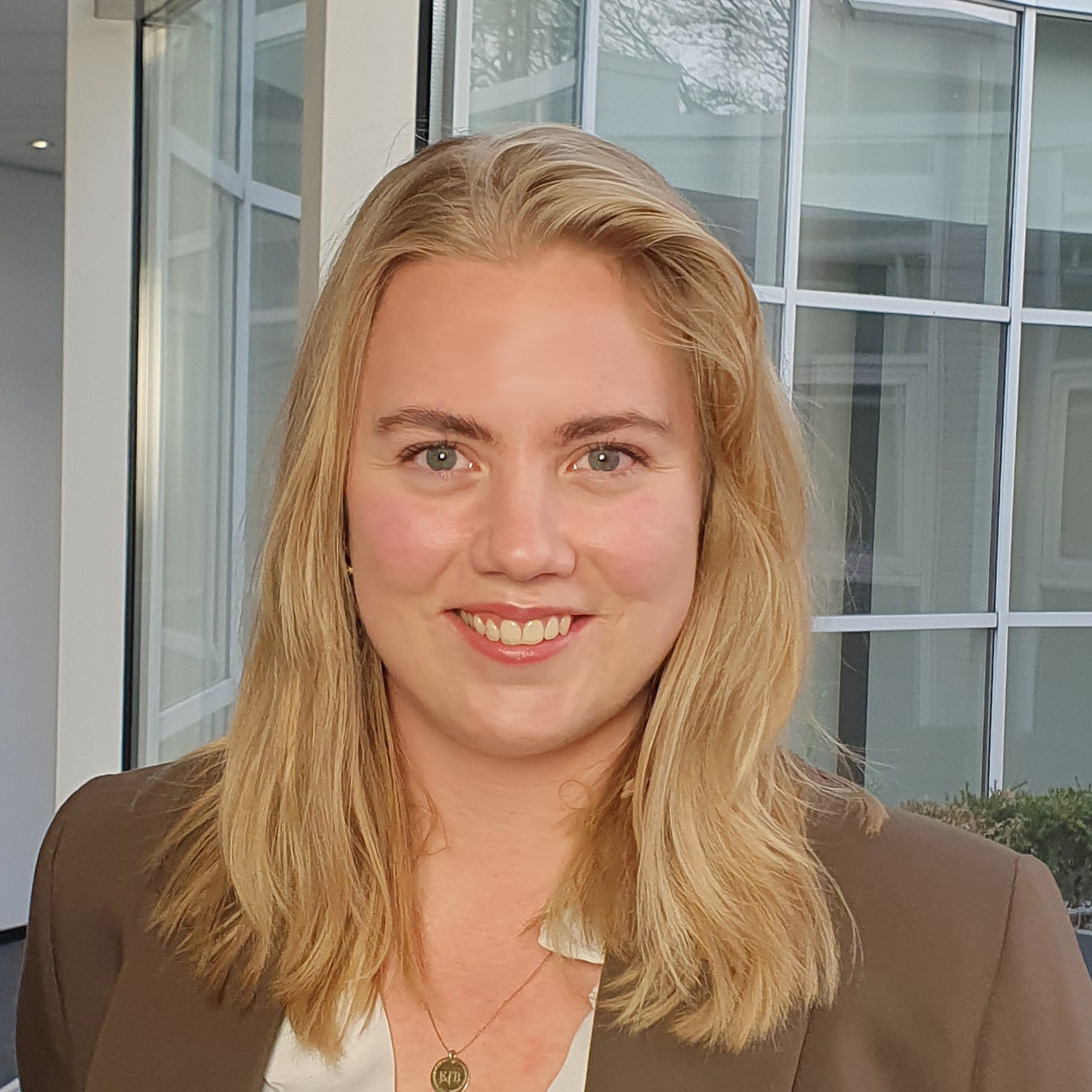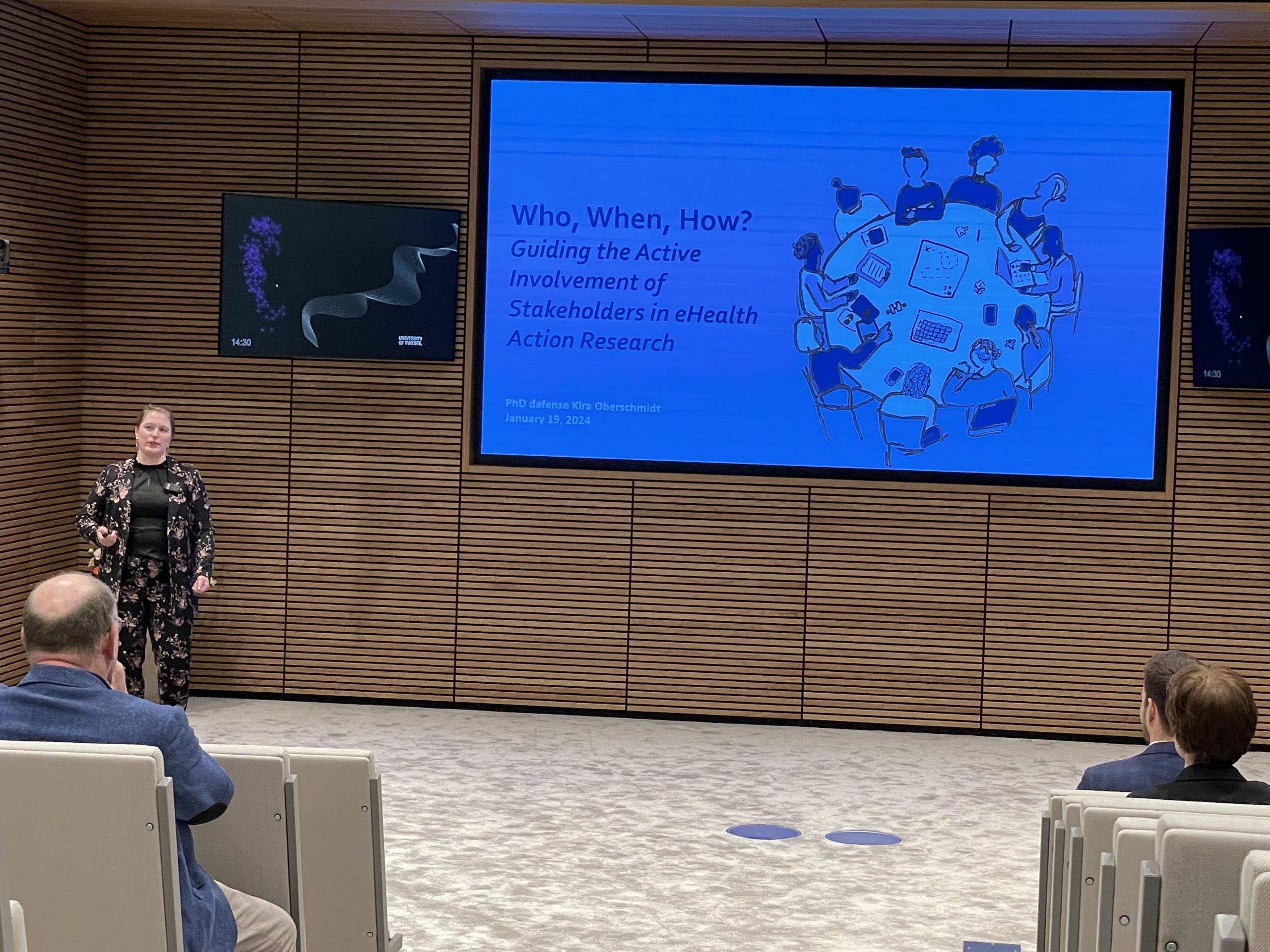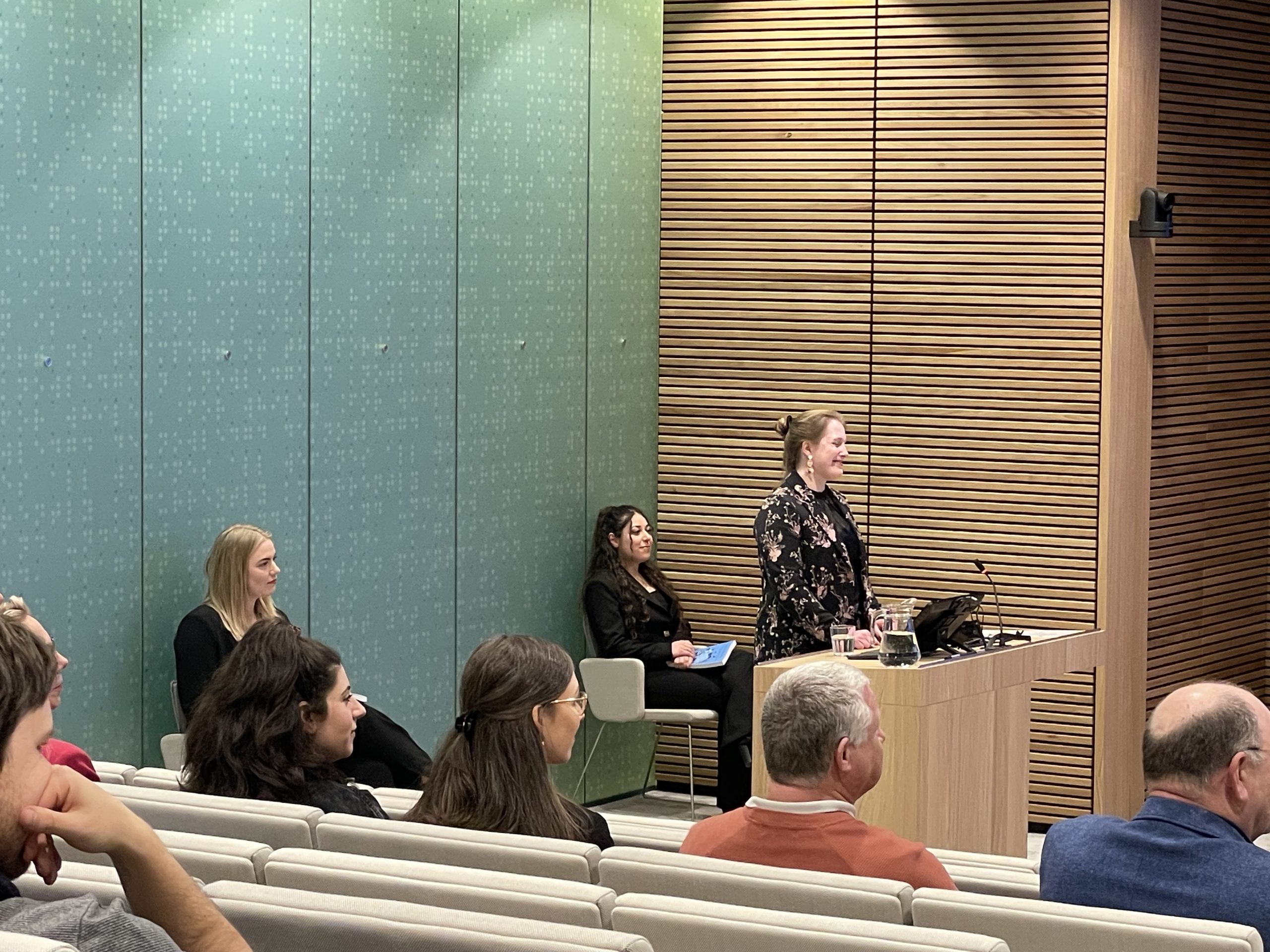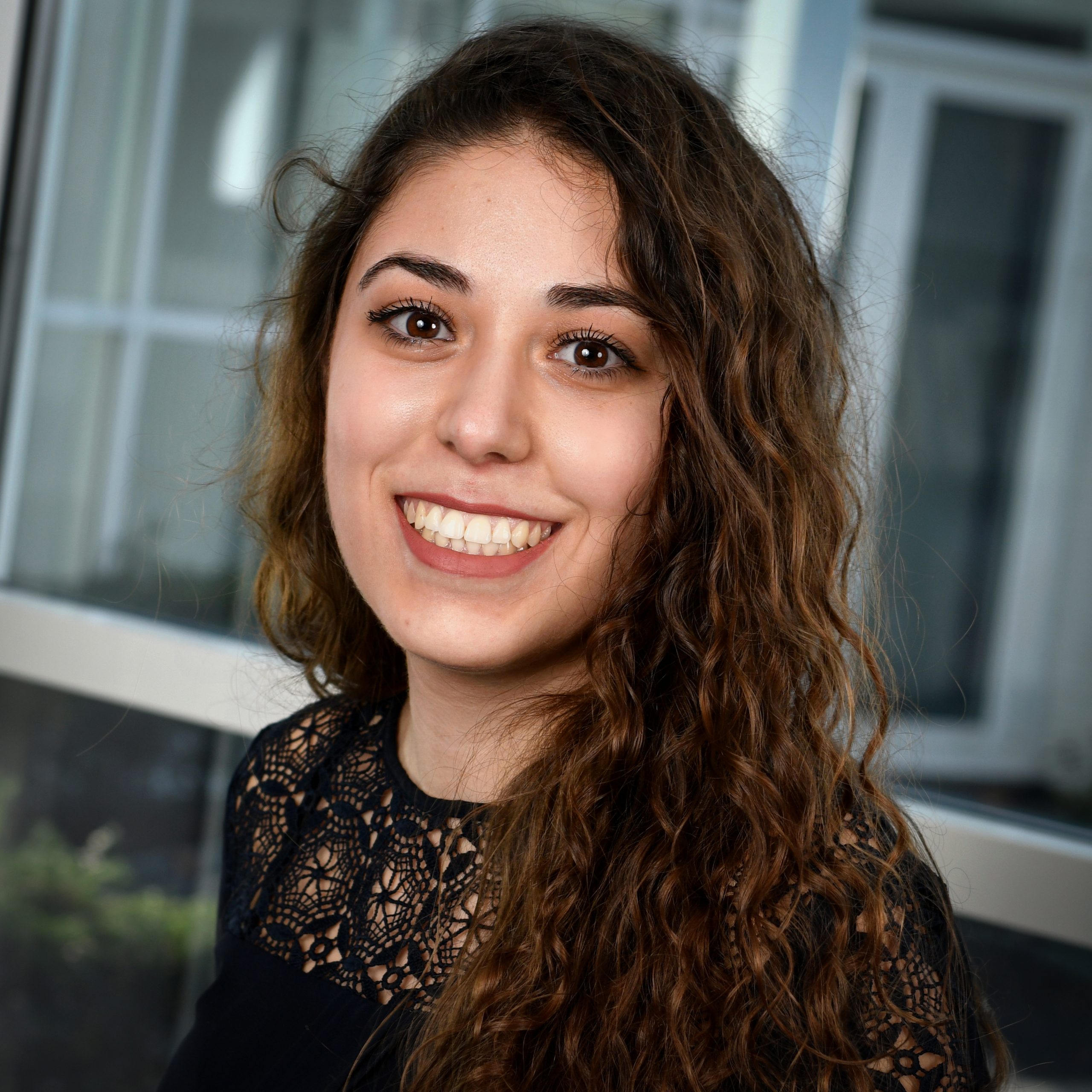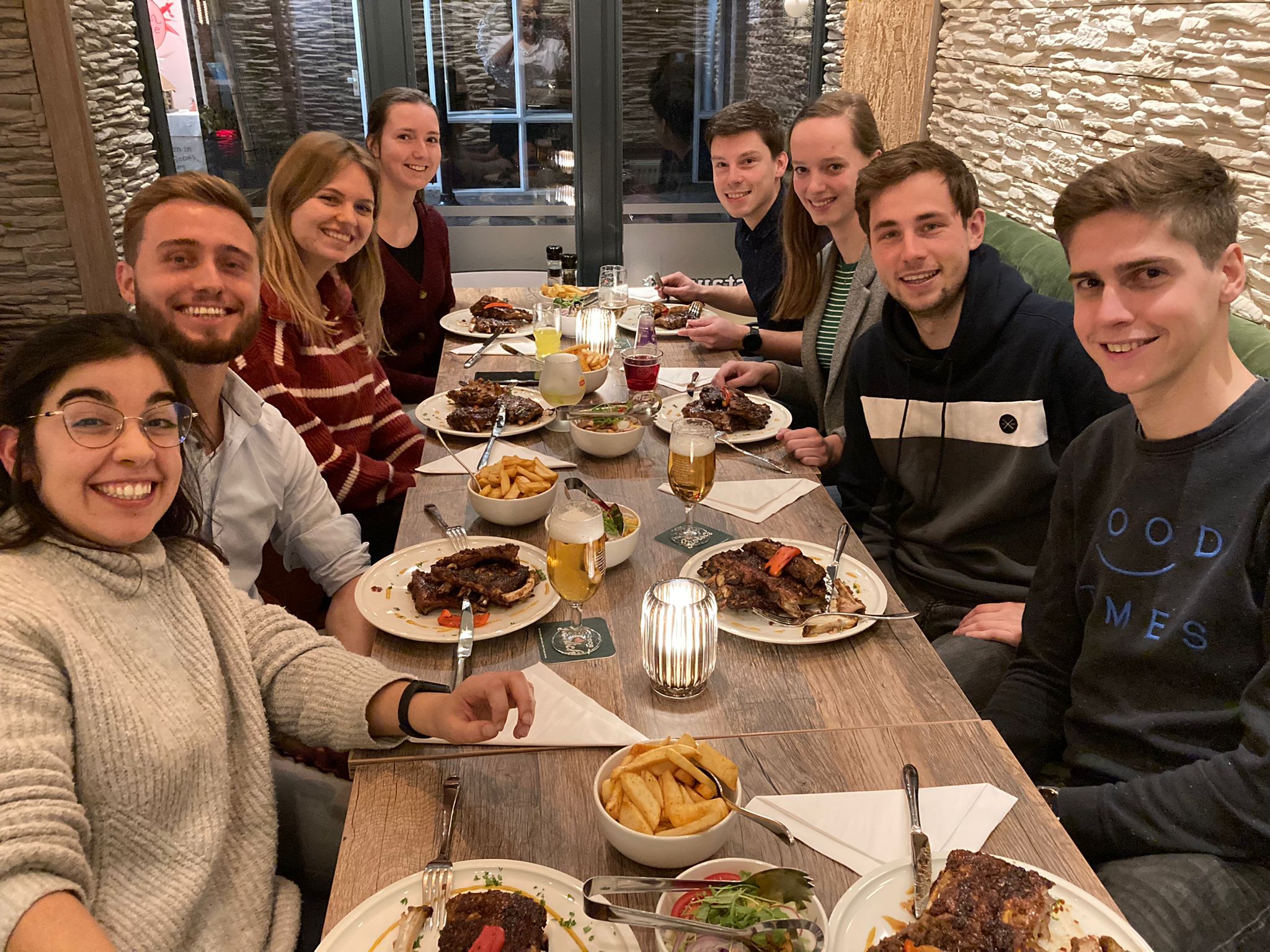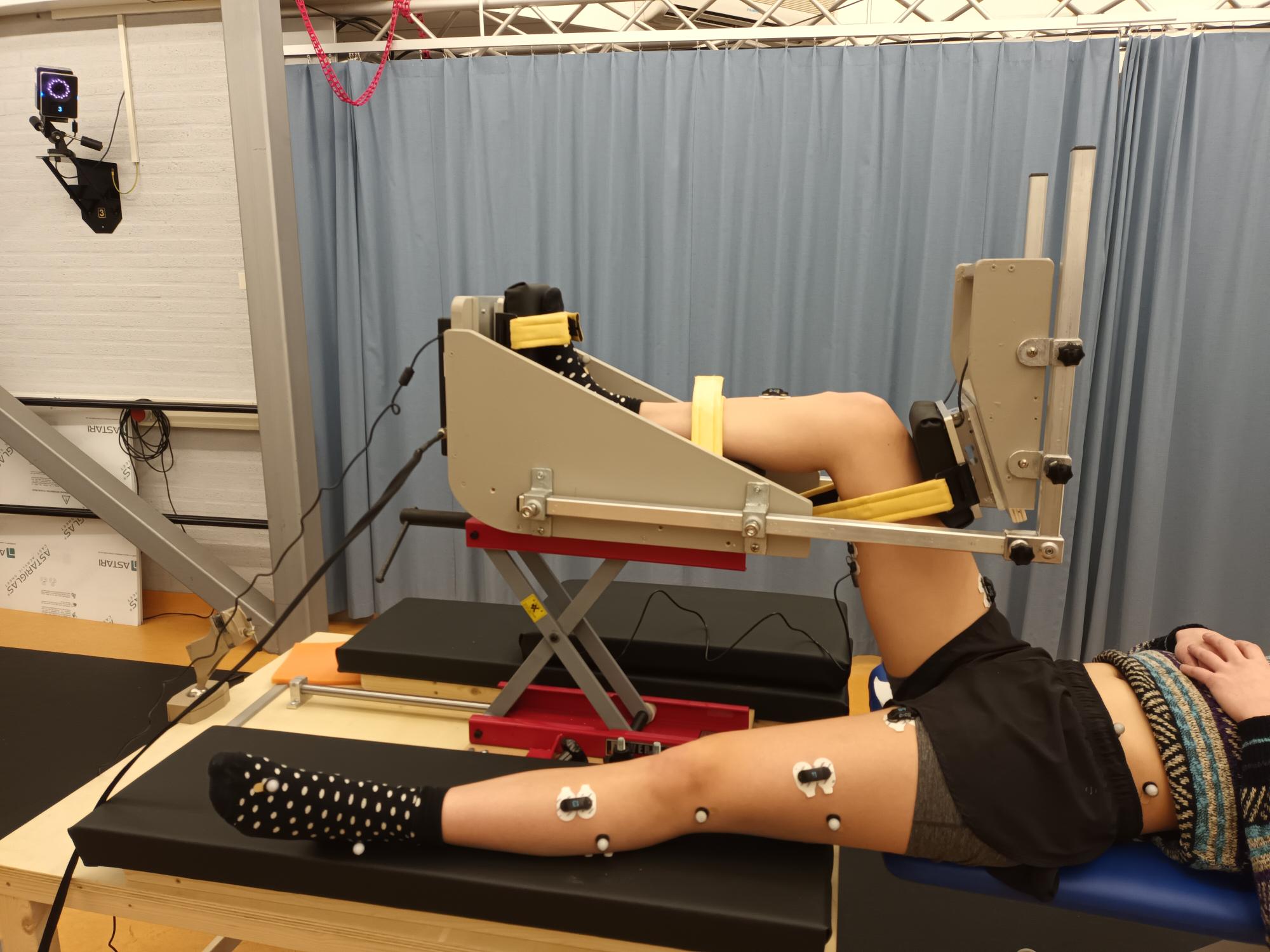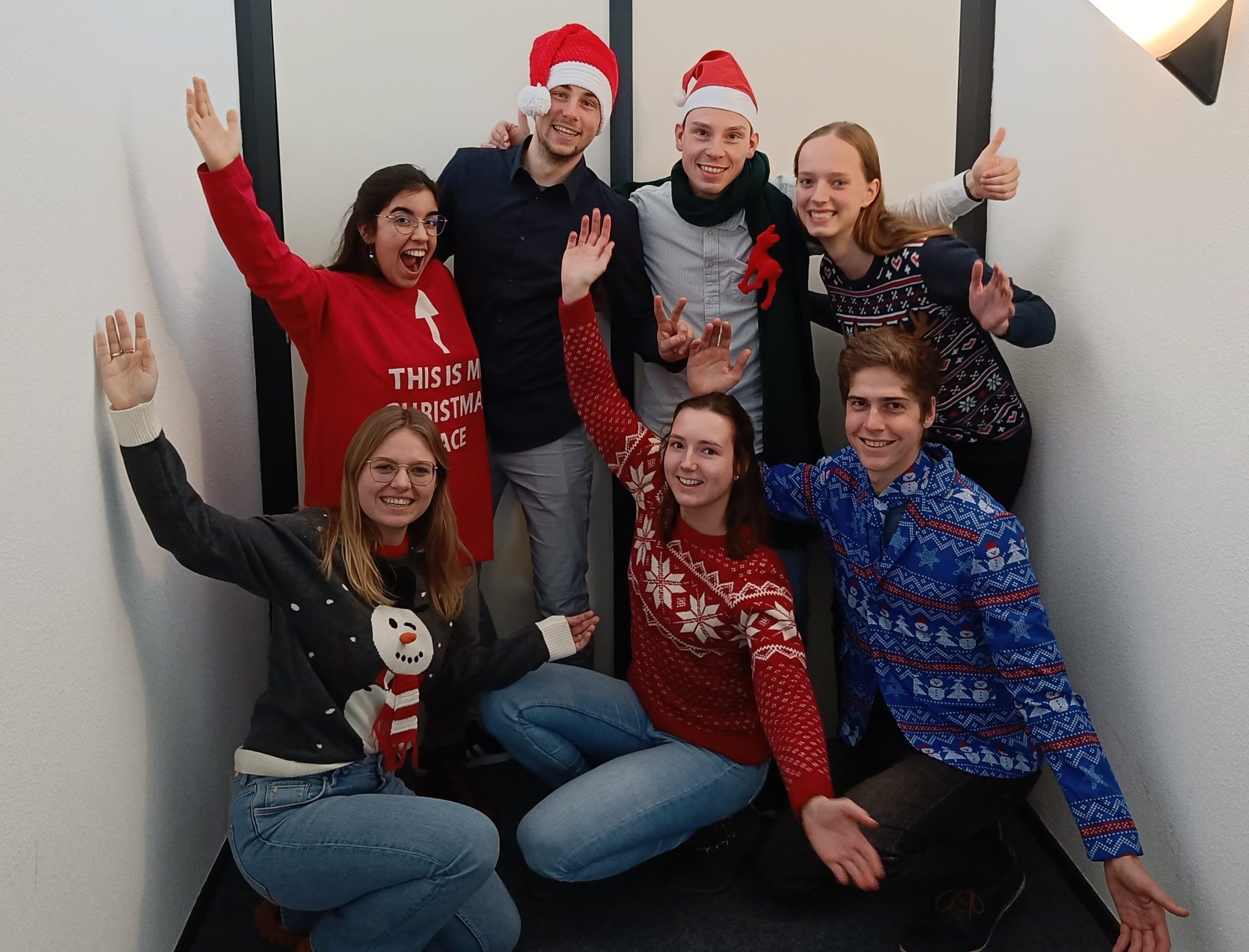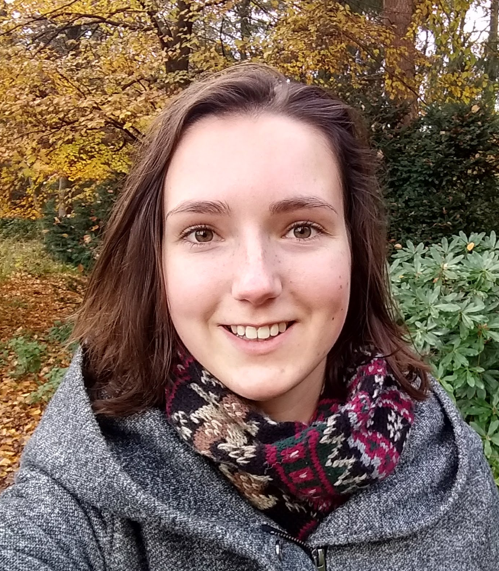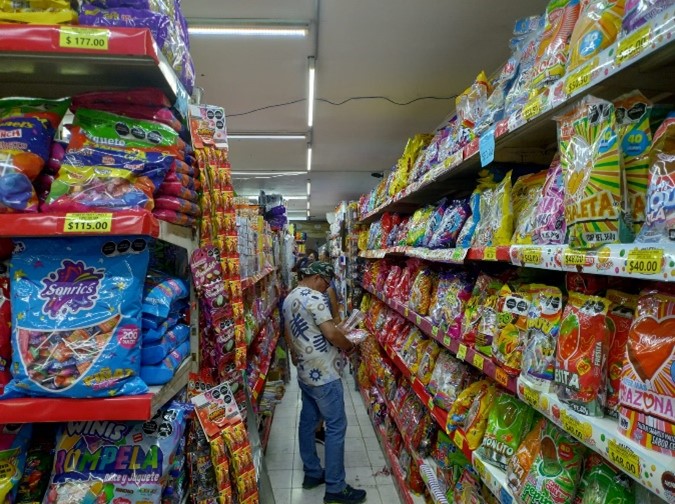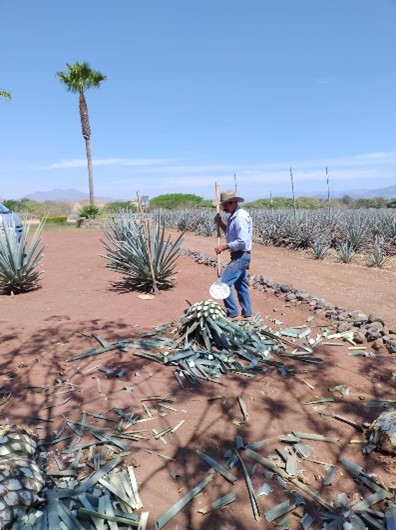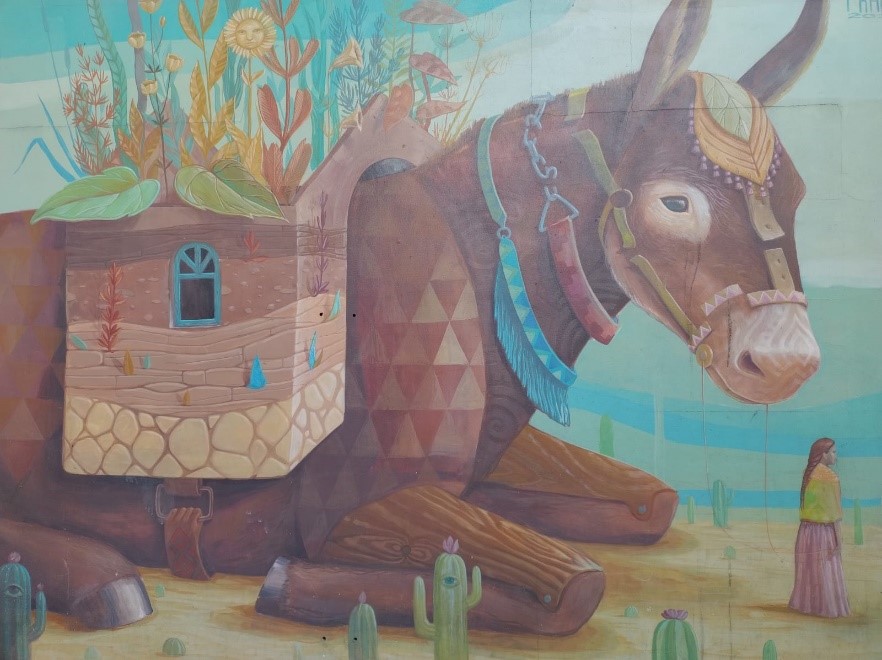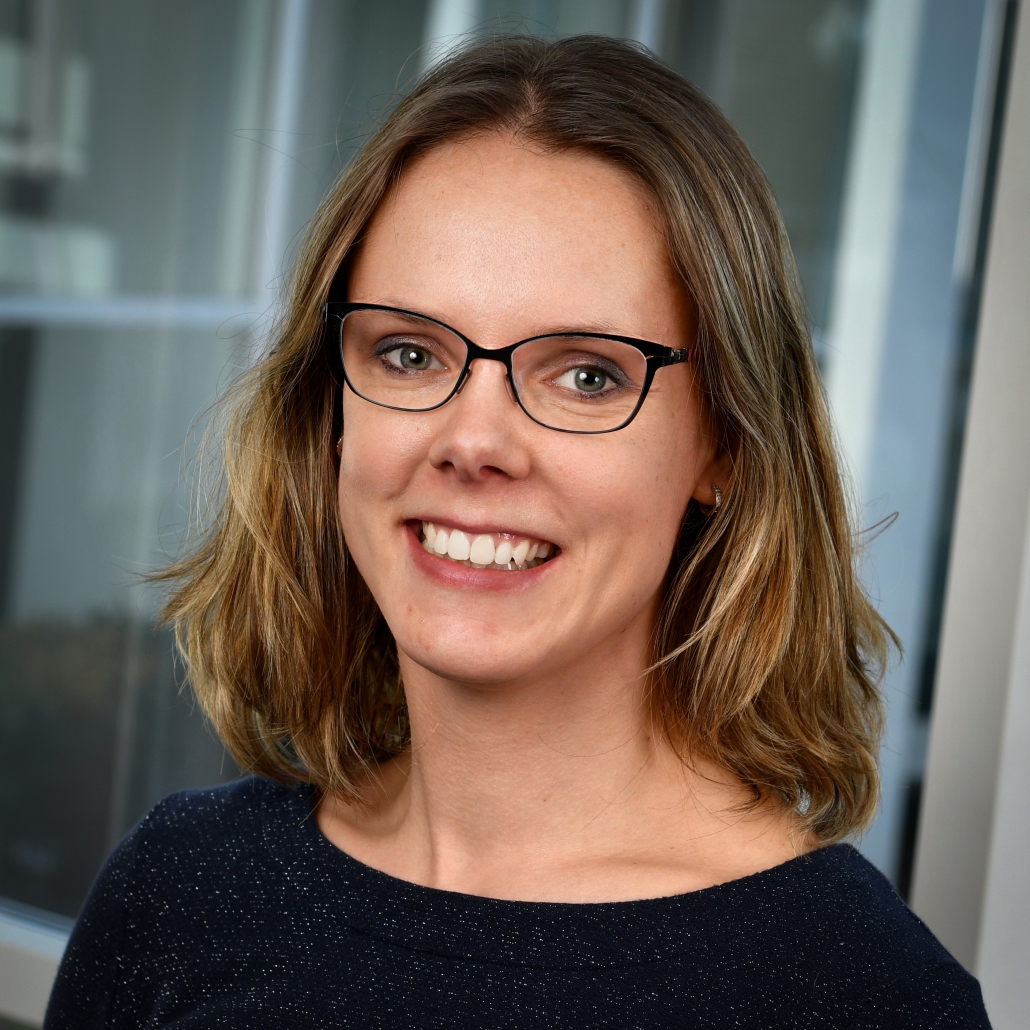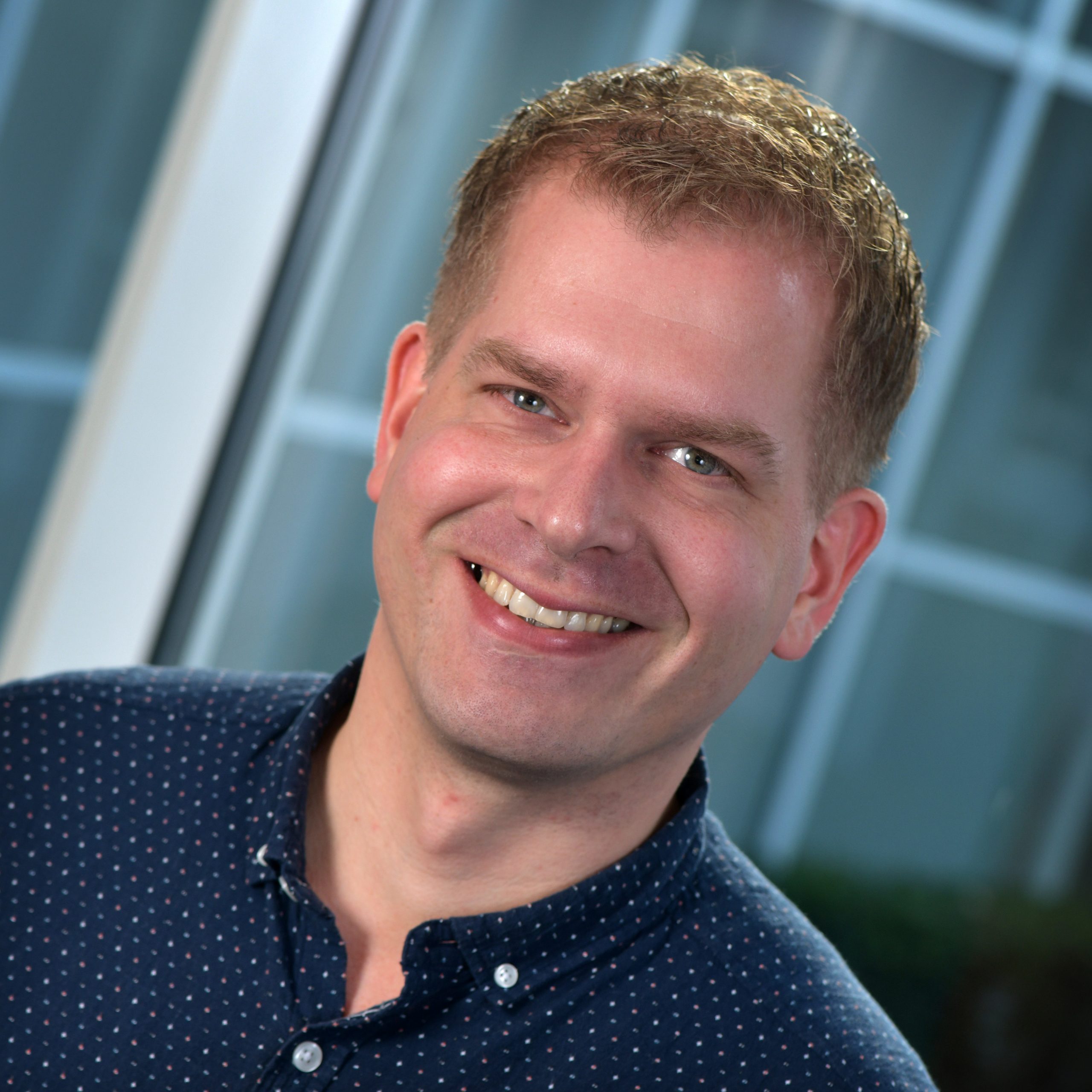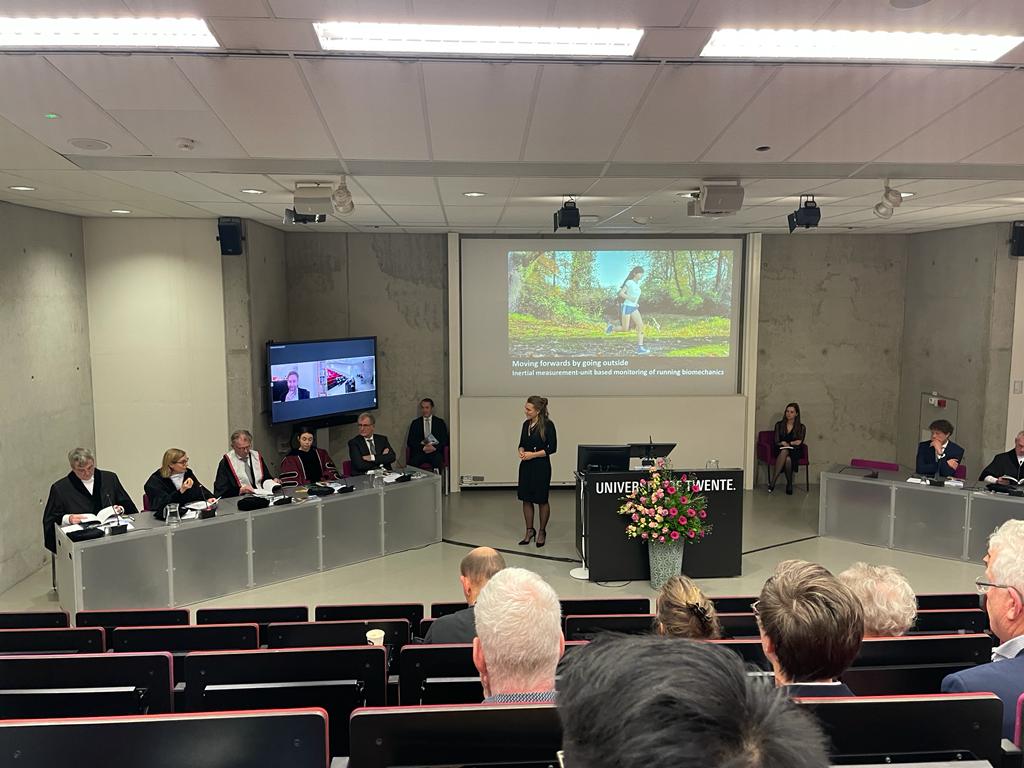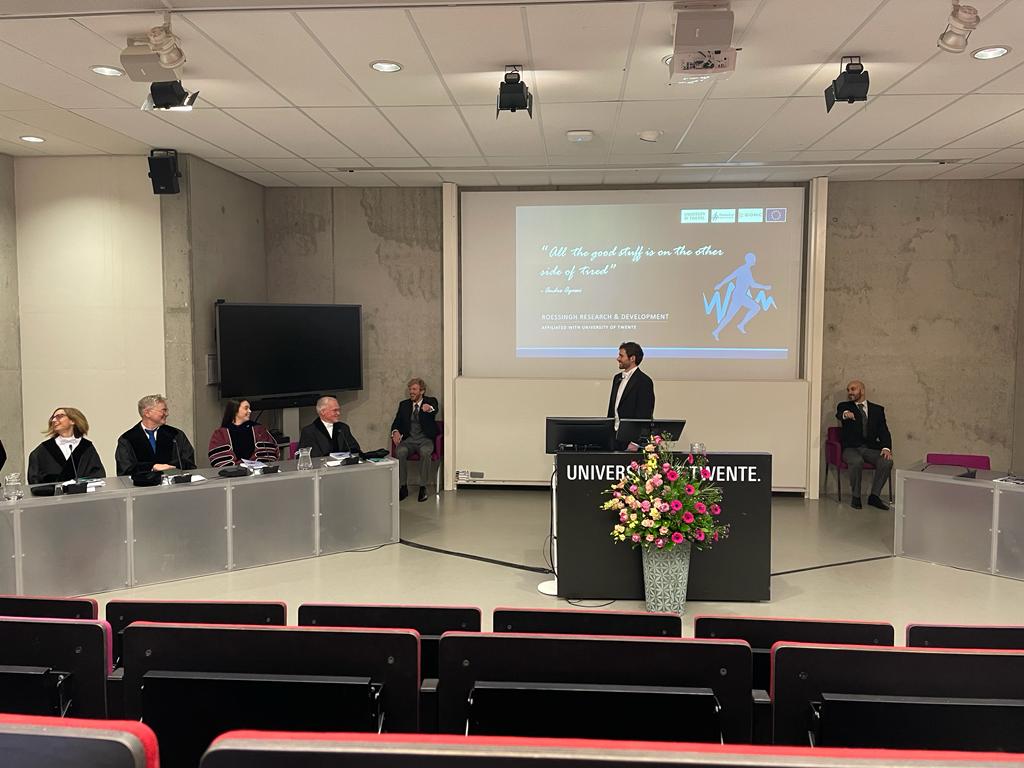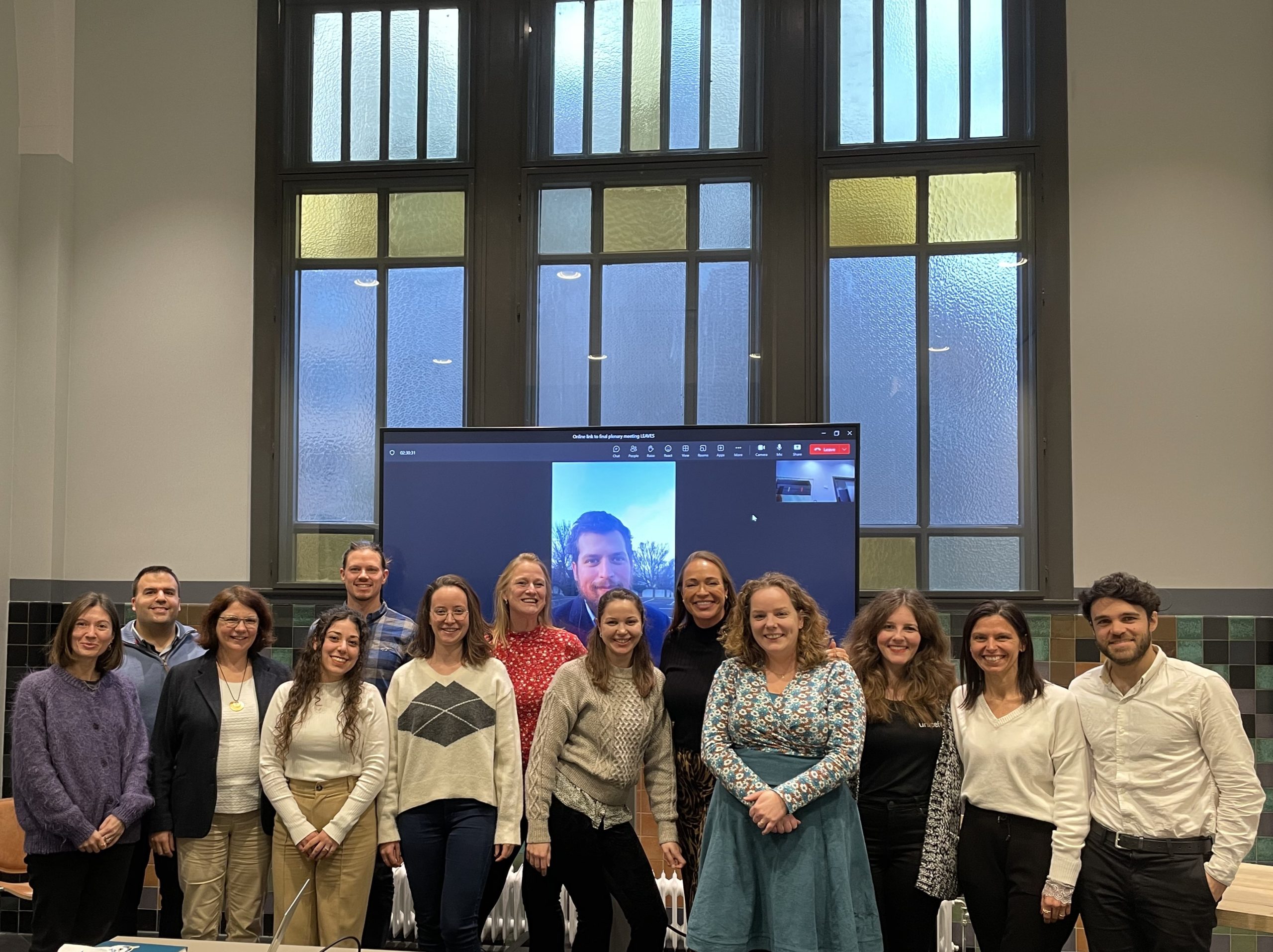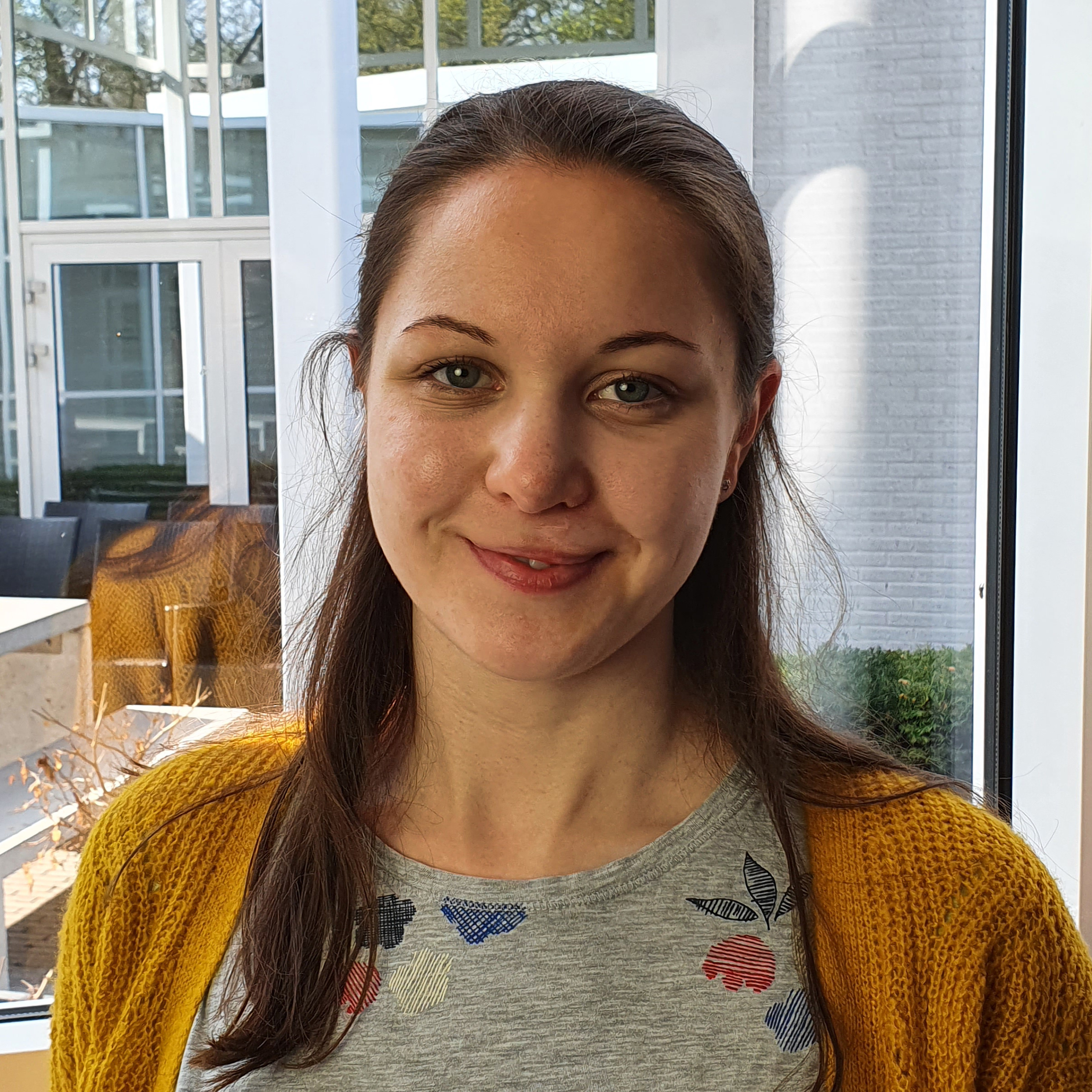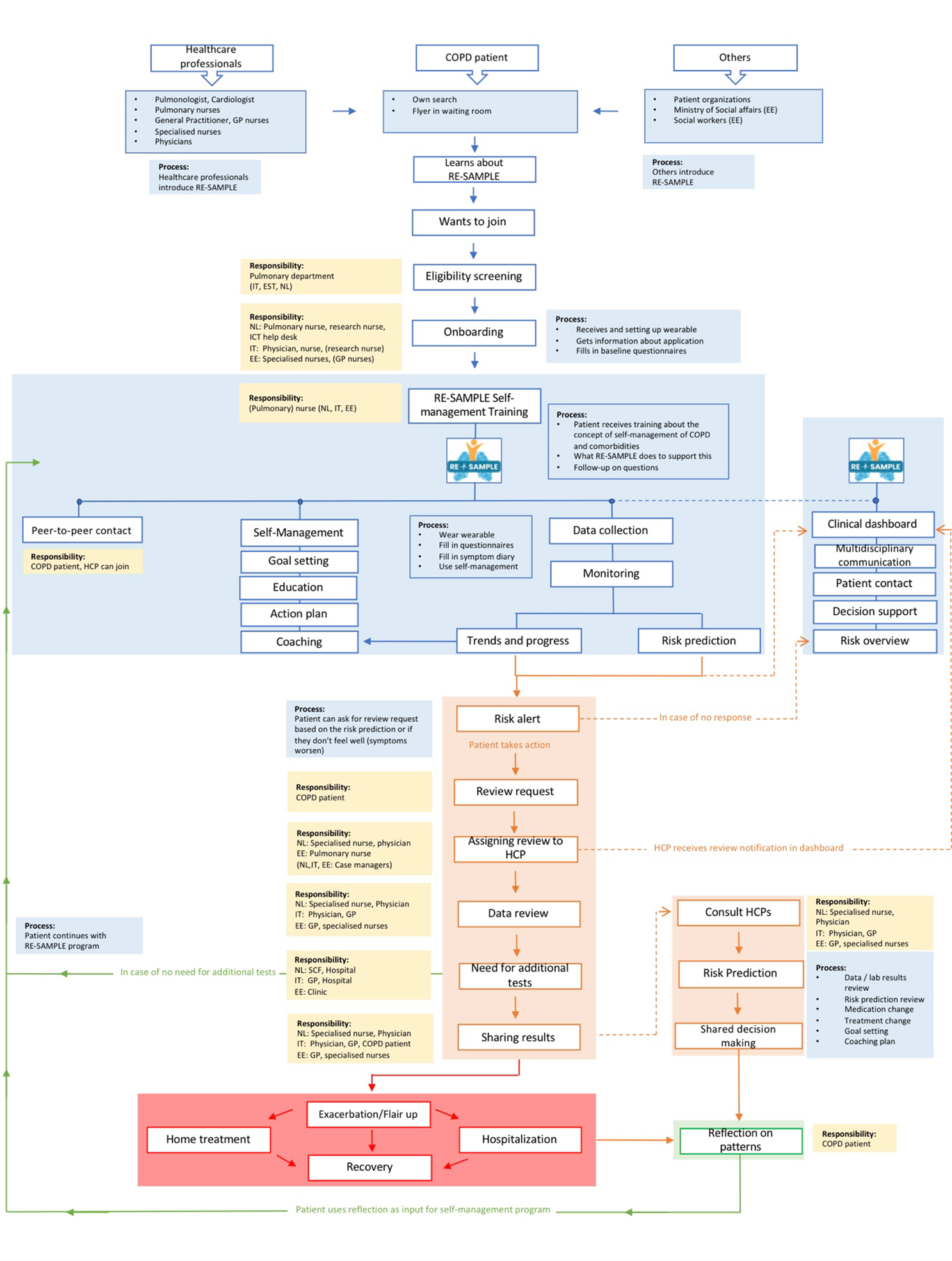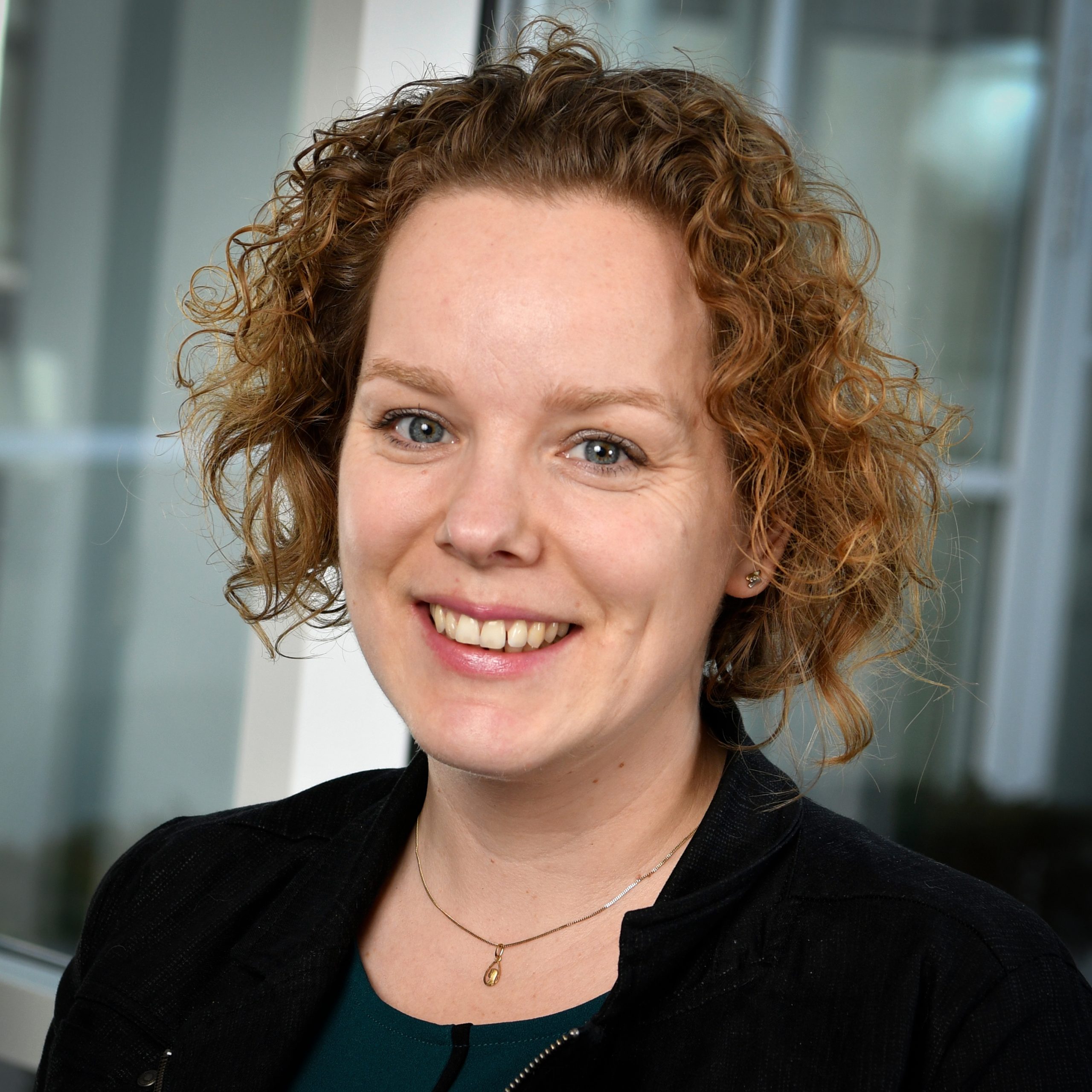Written by: Eline te Braake
Conducting focus groups is a common method in qualitative research. It's a good way to investigate certain opinions, current issues, and motivations. The latter, motivations, is often something that arises from the dialogues that not only the researcher has with the participants in a focus group, but which also naturally results from the interaction between the participants in the group. For example, a focus group can very nicely result in finding out 'the question behind the question'. That, in our opinion, should be central to the conduct of any focus group. However, this is not always the case.
‘Reading through’ focus groups
Since we are currently bombarded with the word 'focus group' in the research world, we lose a bit of its actual essence. What often happens in practice is that a list with a number of questions is simply 'read through’. You may wonder what the added value is of holding such a focus group, if the same questions could have been answered in a questionnaire. In addition, people take effort to make time and agree to participate with an intention to share their opinions: to feel heard. Thus, there should also be enough time and space for this during a focus group. Why burden people with a focus group, when we could have put the exact same questions in a questionnaire that they could have filled out from their homes and in their own time? Therefore, it is up to the researcher to reflect whether a focus group is indeed the most suitable method for answering the proposed research question.
The actual added value
But what is the importance of focus groups? What can we get out of it and where is the added value? In our view, the beauty of focus groups lies in that you take the time to sit together, reflect on what is really needed, and find out where the current bottleneck really lies. Something that you can't really determine or plan in advance despite the predetermined protocols. This is also something that doesn't always come up naturally during a focus group. It is therefore up to the researcher to create a safe environment, to give space for dialogue in the group, to find starting points in the conversations that are held, and to ask questions about what is really important to the participants. Only this way, a focus group can lead to new insights that could not have been captured by other methods.
Making use of the dynamics of the group
In addition, a focus group also distinguishes itself from other methods in that it is held in a group. On the one hand, this means that the researcher also has to take into account the dynamics in the group. This entails that everyone should feel comfortable, feel heard, and everyone should have the opportunity to speak. On the other hand, this dynamic can be used in a positive way. Participants learn from each other, recognize themselves in each other’s situation, help each other if something is not understood, and make each other think. As a result, new insights often arise that have been obtained with and through each other.
There is so much to get out of a focus group that are more difficult to achieve with other methods. It's true that organizing and performing a good focus group takes a lot of time, but when done well, it gives so much more meaning to the topics that, according to the participants, really matter!
Do you also want to set up a focus group, but do you need help? Please contact us for the possibilities!
